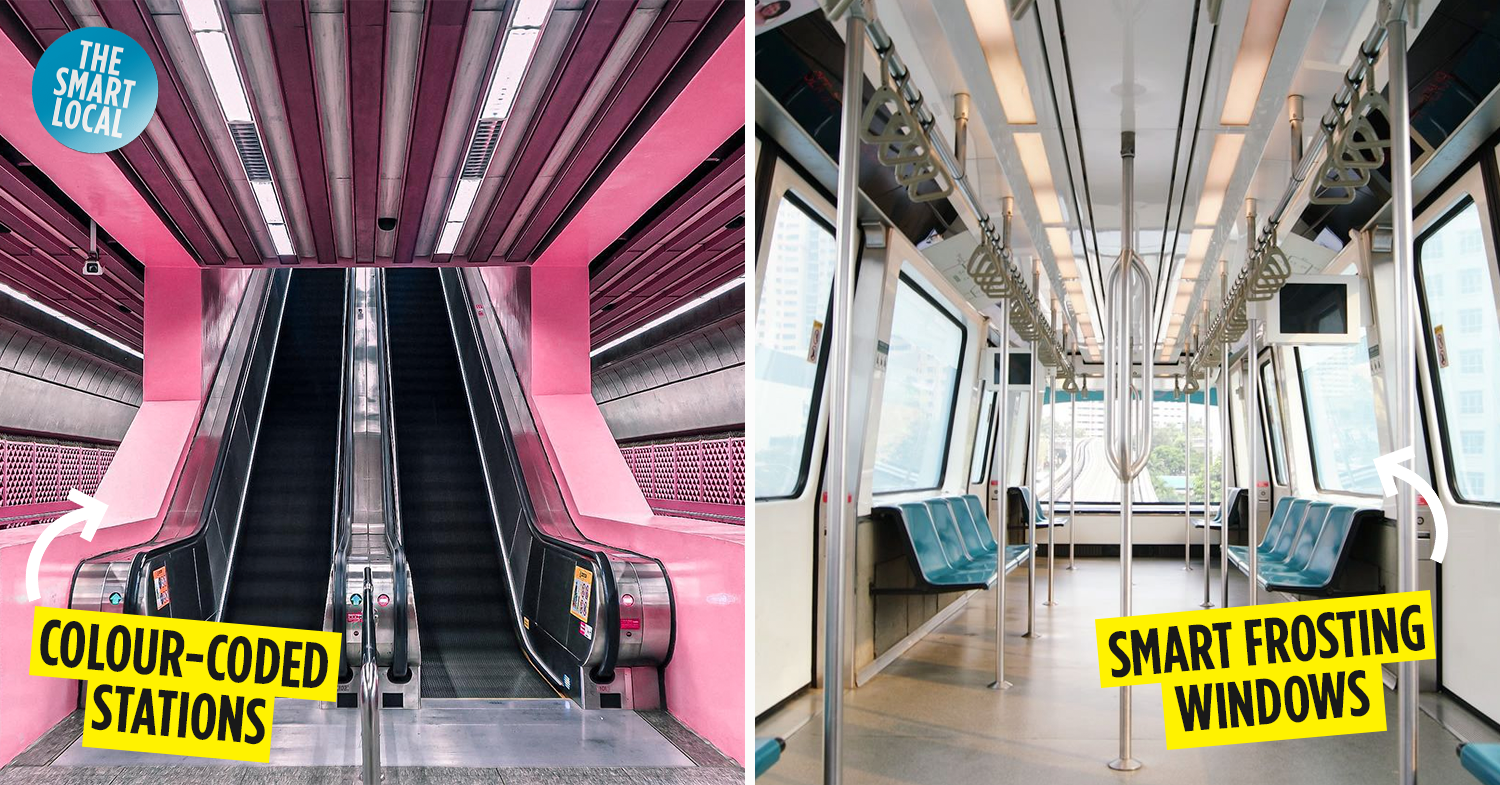MRT design secrets
Taking the MRT is part and parcel of our weekday routine. We’ve mastered the art of having our EZ-link cards at the ready and can nimbly slot ourselves into any carriage – even if it’s peak hour and we’re packed like sardines. But despite taking the MRT daily, we often overlook many design features of Singapore’s train system.
We might whine and whine about having to wait a few minutes for the next train, but few other metro trains in the world are as efficient. Here are MRT design secrets that reveal the level of thought that went into designing our train system:
Table of Contents
- MRT design secrets
- 1. There’s an “abandoned” MRT station along the Circle Line
- 2. The new MRT jingles are snippets from traditional folk songs
- 3. Colour-coded stations & train lines to guide people along
- 4. Increased speed of escalators during peak hours
- 5. Some MRT stations spotlight local artists throughout the day
- 6. Smart glass windows that frost over for residents’ privacy
- 7. Colour-coded seats for staff to locate you in emergencies
- 8. Ambient lighting in tunnels are for operational use
- 9. There are aids to help people with disabilities navigate stations smoothly
1. There’s an “abandoned” MRT station along the Circle Line
Regular riders commuting on the West side of the Circle Line will notice that the ride between Caldecott and Botanic Gardens stations is unusually long. Take a look at the train map and you’ll also notice that the trains are numbered CC17 and CC19 respectively.
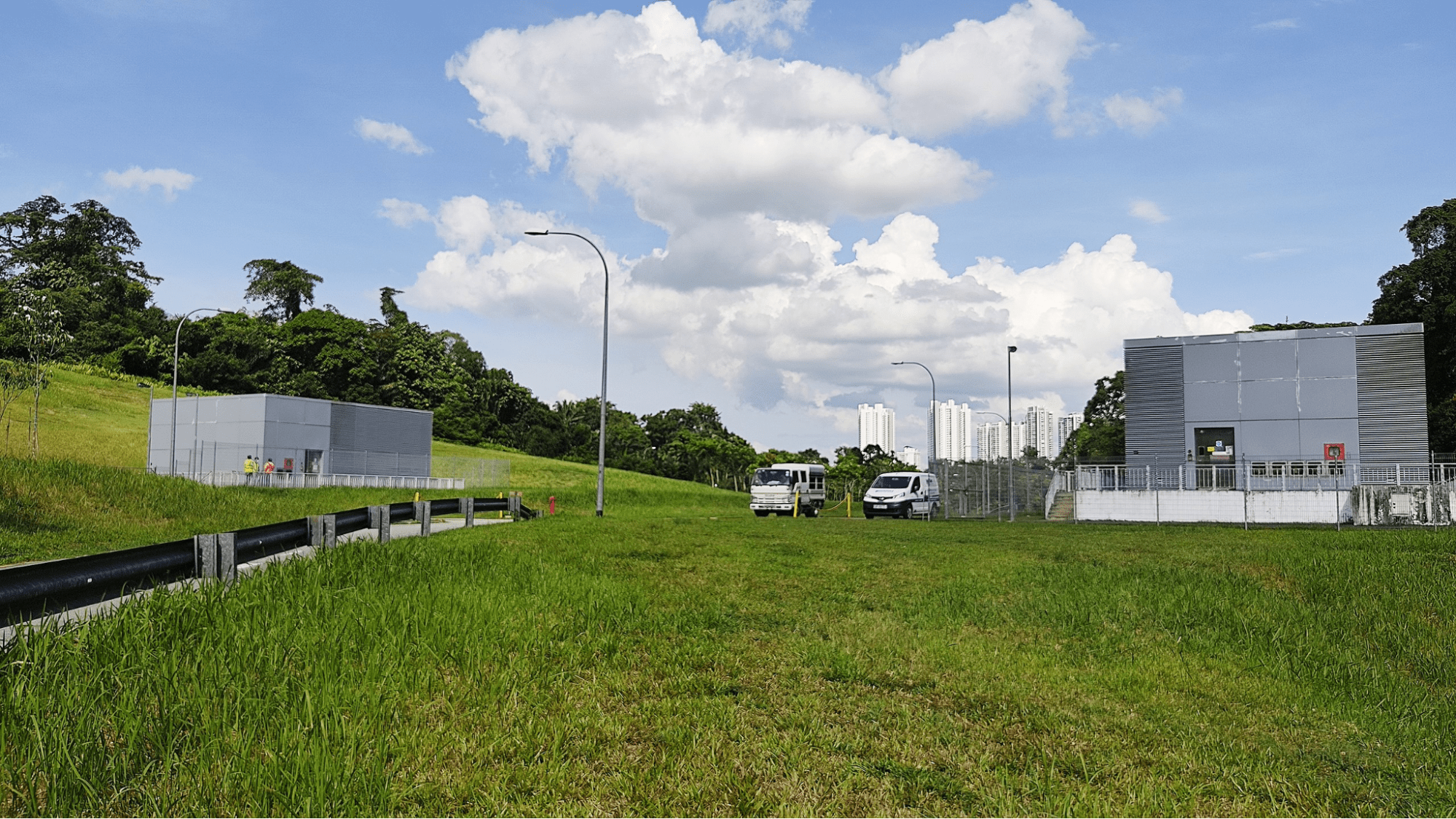
The ventilation units of the future Bukit Brown MRT station.
Image credit: ZKang123 via Wikimedia Commons
No, it’s not a typo. CC18 has been reserved for an MRT station that hasn’t even been built yet. If you go above ground at Jalan Mashhor, you’ll even find the shell of an MRT here. There are currently 2 buildings meant for ventilation and as an emergency exit in case trains are stuck in between the 2 stations.
The station is part of the Urban Redevelopment Authority’s city planning to develop the Bukit Brown area into a residential town in the near future. While there’s no date set yet for when this will happen, they’ve choped this spot for the Bukit Brown MRT station first.
2. The new MRT jingles are snippets from traditional folk songs
By now, you’ve probably heard the new jingles that play whenever a train is approaching an MRT station along the North-South, East-West, and Circle lines. If they sound familiar, it’s because all 3 jingles were inspired by traditional folk songs like Chan Mali Chan (Circle Line), San Lun Che (North-South Line), and Singai Naadu (East-West Line).
These weren’t just chosen to represent the 3 main races in Singapore. The tunes are also recognisable by most locals and are distinct enough that you’d be able to tell immediately which line you’re on. This was done with the visually-impaired in mind who rely on their hearing to get around.
Fun fact: There are 2 chimes per line to distinguish the direction that the train is headed towards. If you play both ditties together, they form a song.
3. Colour-coded stations & train lines to guide people along
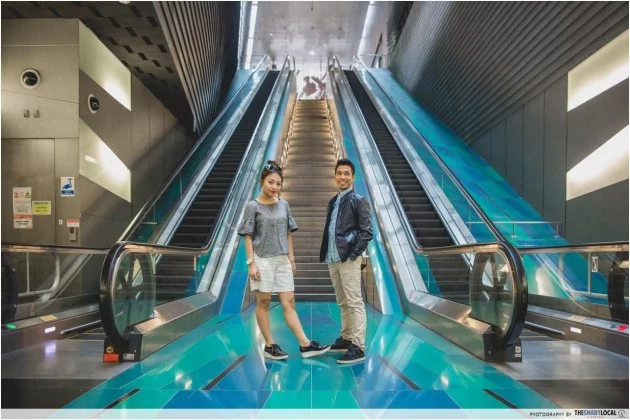
Stadium is coloured an aquamarine blue, making it easy for commuters to recognise the station.
Some MRT stations stand out more than others – Redhill for its millennial pink backdrop and Toa Payoh with its vibrant yellow hues. While these colourful stations are a beaut on our IG feed, they also come in handy when navigating various MRT lines.
Take the orange walls that surround the Circle Line at Dhoby Ghaut station: we wouldn’t think twice but intuitively, will recognise that it’s different from the North-East Line.
4. Increased speed of escalators during peak hours
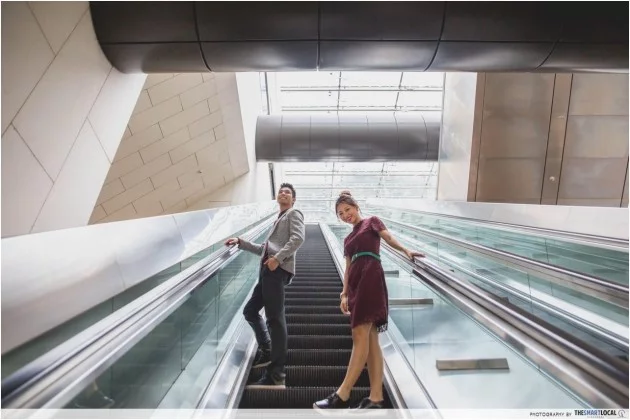
Escalators with dual-speed settings – it goes up to 0.75m per second during peak hours!
Escalators with dual-speed settings are a godsend – especially for those of us who spend half our mornings snoozing our alarms. These escalators are cleverly designed and will pick up speed during crucial peak hours, so we’re no longer that late for our 9AM meetings.
The design has senior folk in mind too, and will slow down to a pace of 0.5m per second during non-peak hours. These escalators also help save energy as they’re designed to consume less energy with a lighter load.
5. Some MRT stations spotlight local artists throughout the day
Most of us get through our MRT commutes plugged in, but during peak hours, take a break from your Spotify playlist and listen to music produced by local artists.
The initiative is done in collaboration with the National Arts Council to expose more of the public to homegrown talents. There are playlists on rotation featuring about 50 songs by 53 artists and the playlists are updated every 3 months.
The songs are played on SMRT-operated MRT and LRT stations at the North-South, East-West, Circle, and Thomson-East Coast lines during peak hours of 7am-10am, 12pm-2pm, and 4.30pm-8.30pm.
6. Smart glass windows that frost over for residents’ privacy
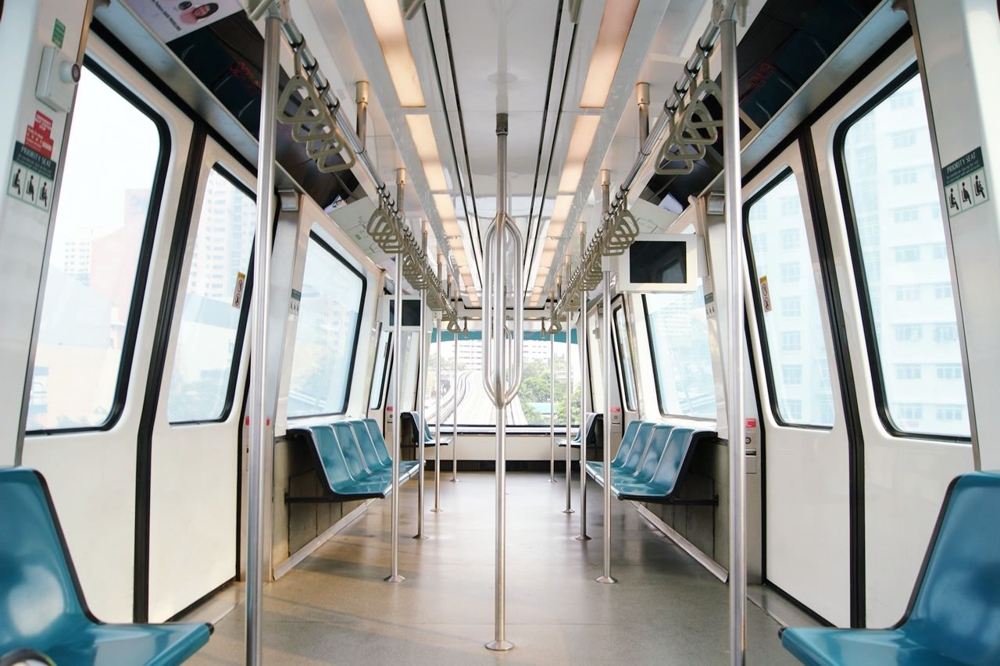
Image credit: SGTrains
It’s convenient to live next to a train line but we’ll be questioning the lack of privacy – will our fellow commuters spot us washing the dishes or gasp, even get a glimpse of us taking a shower? Thankfully, the only trains that reach such near proximity to residential homes are the LRT trains – and these come well-equipped with smart glass windows.
These windows frost over within 6m of residential buildings so there’s no way you can unintentionally do a peeping Tom.
7. Colour-coded seats for staff to locate you in emergencies
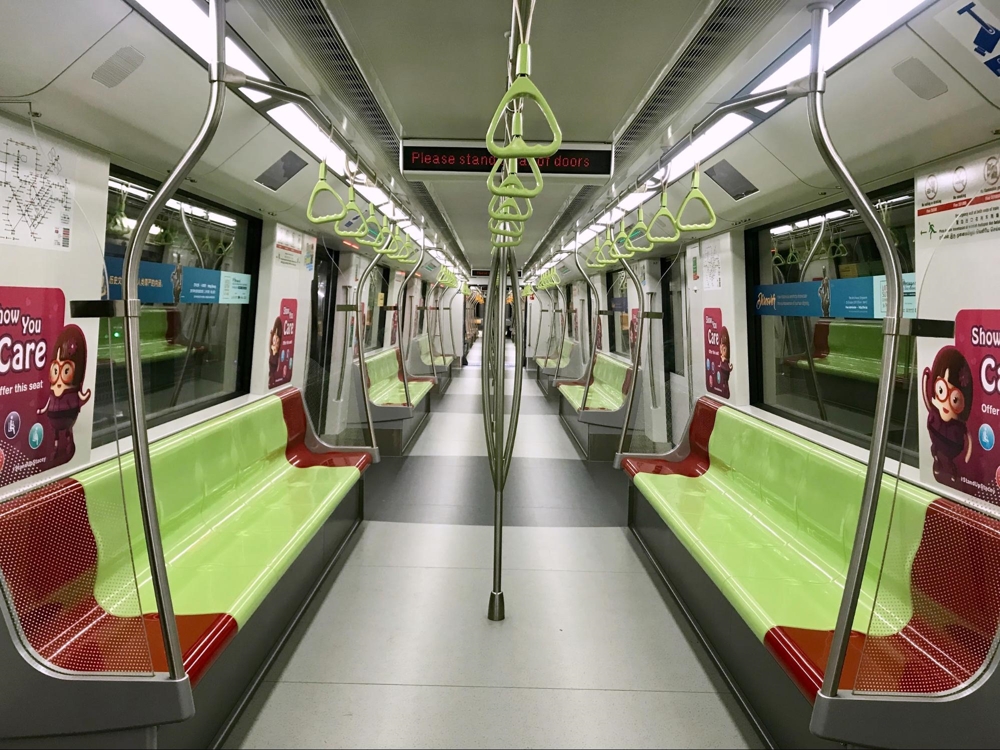
Image credit: Ministry of Transport
Our newer trains come with a nifty feature: colour-coded seats that differ from cabin to cabin. Granted, it visually spruces up the MRT but it’s also for emergency purposes – so emergency personnel and staff can swiftly identify your exact cabin if needed.
It’s also useful for the next time you meet your friends – you can all pinpoint which cabin to head to, simply based on the colour of the seats.
8. Ambient lighting in tunnels are for operational use
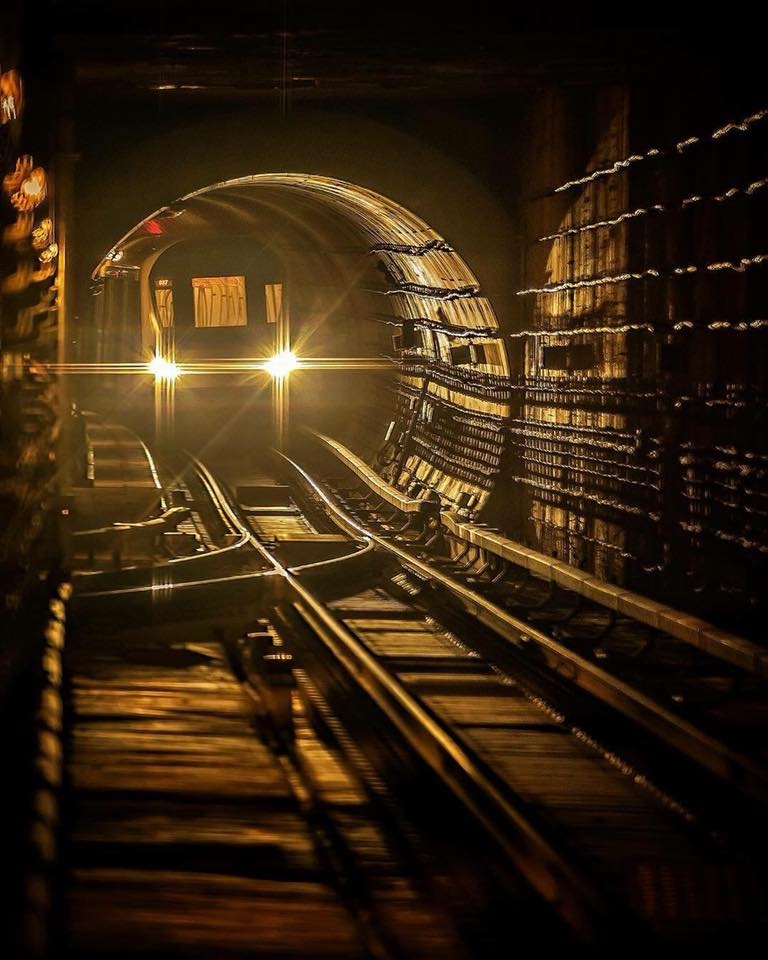
Image credit: Santo Thie, SBS Transit Facebook
Many were excited when train lines like the Downtown Line and Circle Line first opened: convenience aside, it was the front and back cabin we were most thrilled by. After all, these cabins had glass windows for you to peer out for a full view of the tunnel. But the soft ambient lighting isn’t just for entertainment’s sake – it serves a functional purpose and is relied upon for daily operations.
It’s possible for everyone to take the MRT – they’ve thoughtfully designed the system to include useful aids for people with disabilities. Some of these useful features include flashing lights atop each MRT door for the hearing impaired to know when the doors are closing and wheelchair indicators so people will instantly know which carriage is wheelchair-accessible.
For the visually impaired, there are also Braille signs for lift buttons and tactile floor markings that help guide them from MRT gantries to train carriage.
Design features of Singapore’s MRT
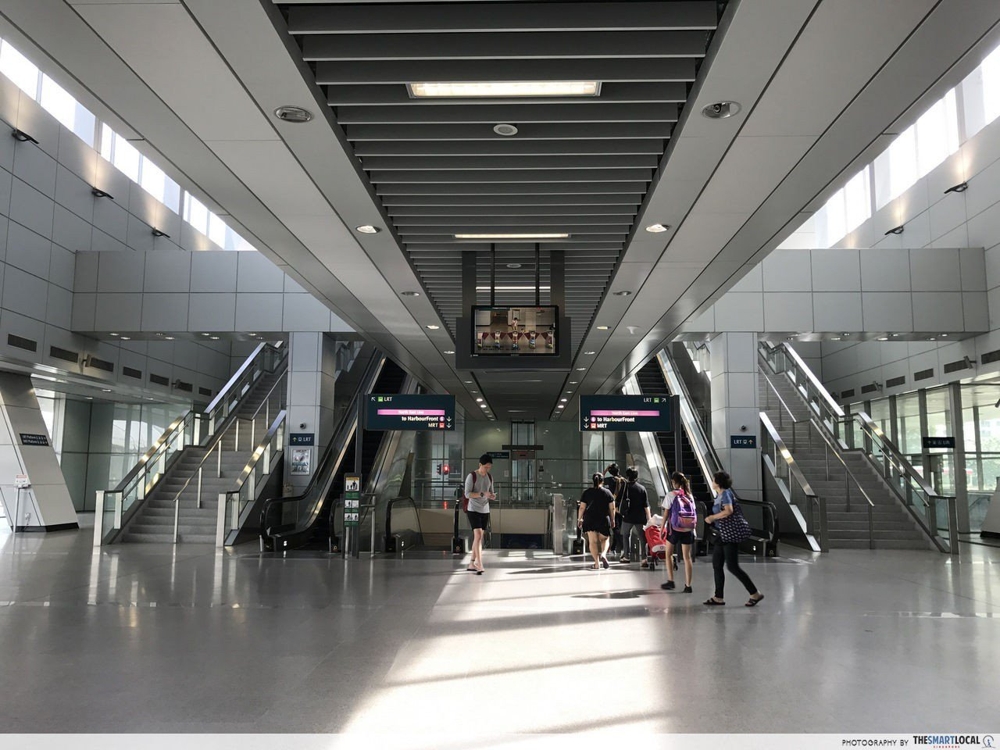
From colour-coded stations to smart glass windows, there’s plenty of interesting trivia surrounding our train system. Yet, in our rush to be on time for work or school, we often ignore the efforts made by those behind the scenes.
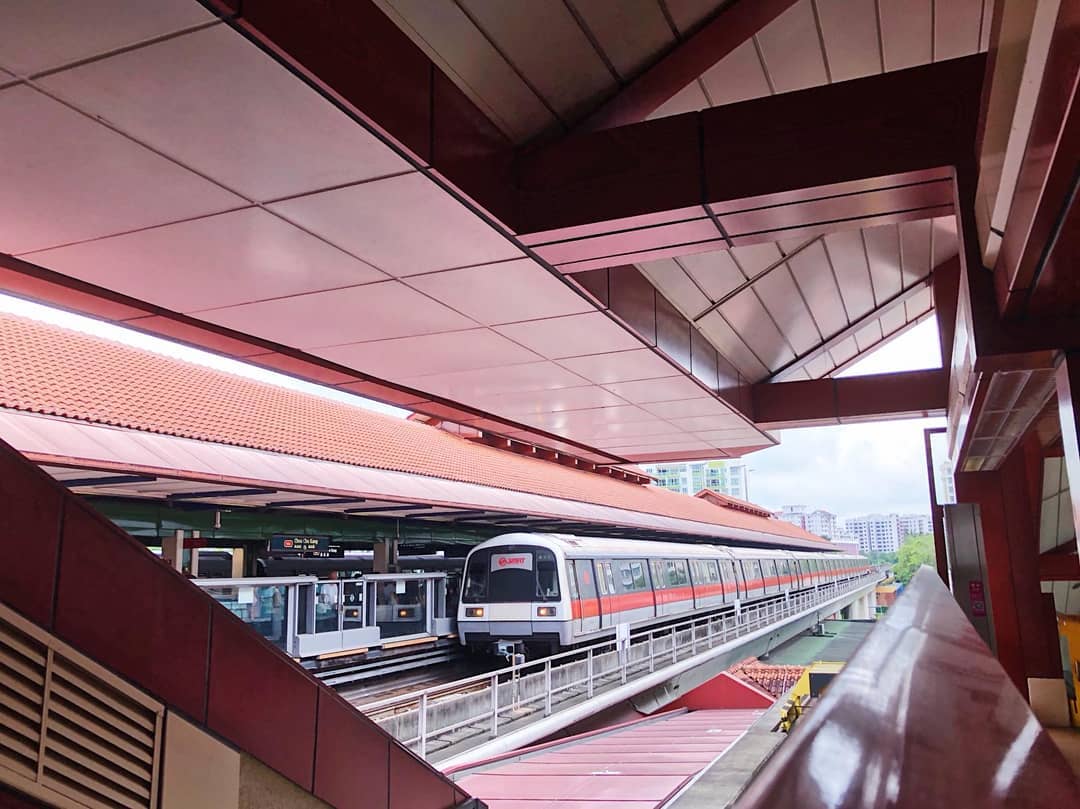
Image credit: @smrtsingapore via Instagram
All design features serve a logical purpose – to help make our public transport journey even more seamless. We might wince each time we top-up our EZ-link card, but think of it this way: it’s a whole lot easier getting to school or work every day when we’ve got a train system like ours.
There’s no doubt that we’re all excited for the new MRT lines and overall expansion of the train system – commuters can look forward to more updates soon!
Find out more about Singapore’s MRT here
You can read more about Singapore’s MRT here:
- Lesser-Known Facts About The History Of MRTs In Singapore
- MRT Secrets That You Never Knew About
- MRT Hacks For Every Kiasu Commuter
- Prettiest MRT Stations In Singapore
- Public Transport Hacks For Singaporeans To Legally Cheat The System
- Types Of Singaporeans You’ll Find On The MRT
This post was brought to you by the Ministry of Transport.
Cover image adapted from: @4shikatsu via Instagram, SGTrains.com
Originally published on 4th October 2019. Last updated by Raewyn Koh on 20th May 2024.
